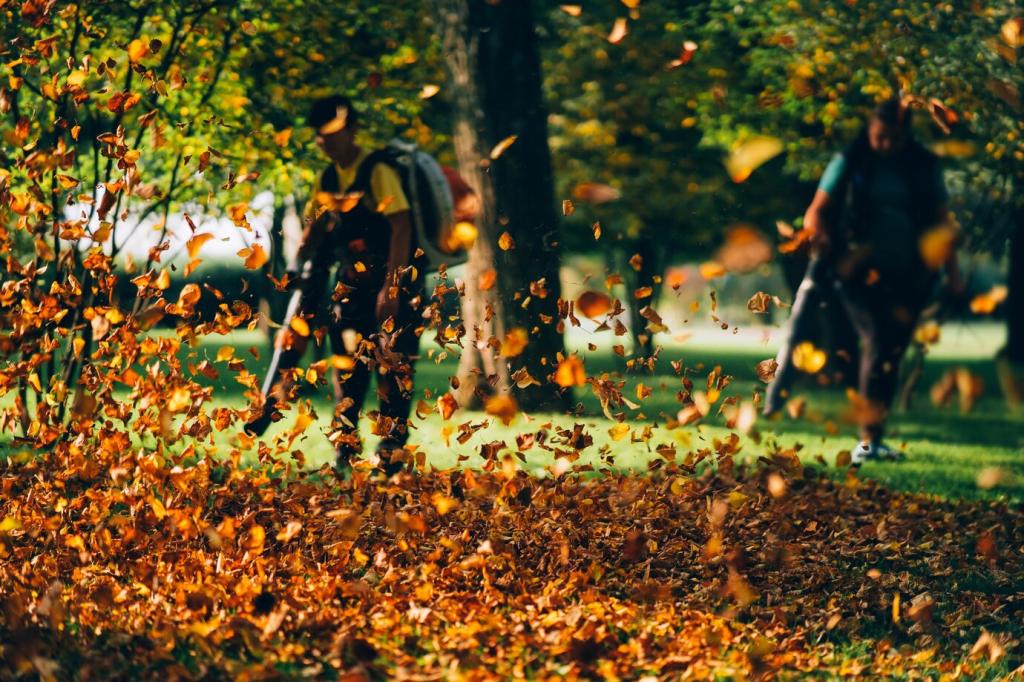Monitoring and Diagnostics That Work
Soapy water flushes reveal caterpillars; pitfall traps capture surface-active insects; light traps track adult flights. Combine simple field tools with standardized routes and schedules, ensuring small hotspots are found before they become course-wide headaches after a single warm rain.
Monitoring and Diagnostics That Work
A drone pass at sunrise highlights stress patches invisible at ground level. NDVI maps reveal subtle vigor loss from early feeding or root pruning. Tag GPS coordinates, scout precisely, and treat only where needed—saving budget, preserving beneficials, and avoiding unnecessary member disruption.
Monitoring and Diagnostics That Work
Periodic soil cores and lab assays confirm larvae counts and nematode pressure. Work with regional extension specialists to interpret thresholds by grass species and soil temperature. This collaboration transforms hunches into data-backed decisions golfers and boards confidently understand and support.
Monitoring and Diagnostics That Work
Lorem ipsum dolor sit amet, consectetur adipiscing elit. Ut elit tellus, luctus nec ullamcorper mattis, pulvinar dapibus leo.



